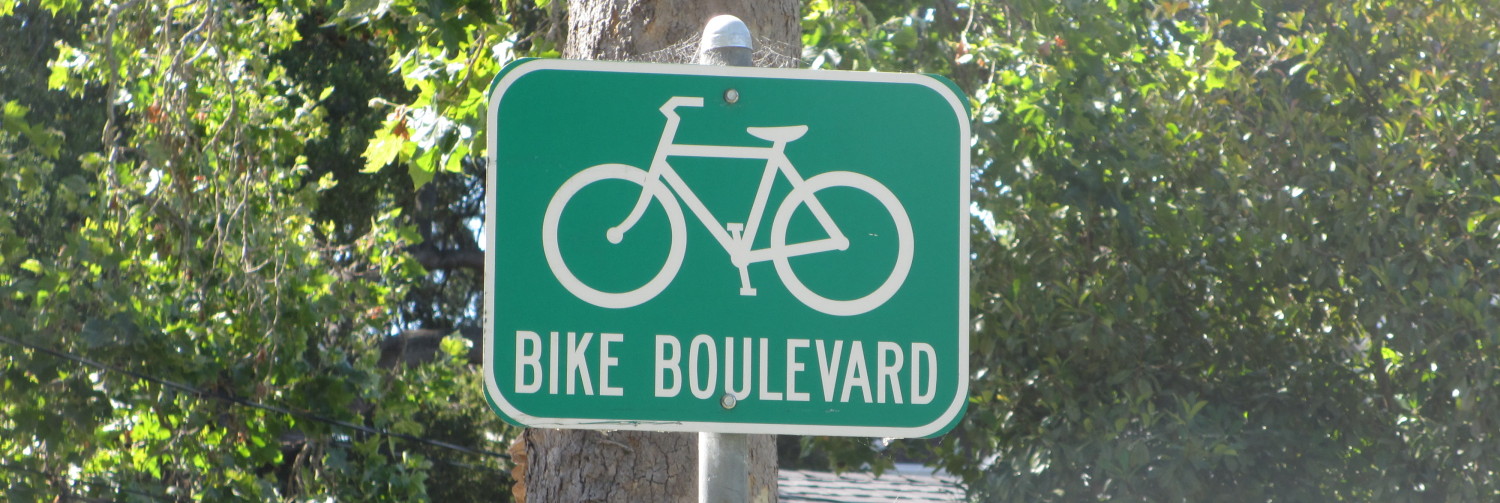There is more to Booth Street than the ignoble Freeway portion running north from Albert out to the War Museum intersection with Wellington/Sir JAM Parkway.
There is the long suffering residential section to the south of Albert, running to the Queensway.
The residential sector of Booth is an ordinary width residential street, not built as a collector or through street at all, although the City cheerfully misuses it as that. The result is blighted residences (or maybe it is a city scheme to promote “affordable” housing?), dangerous walks to schools or shopping, and jack-rabbit driving except when there are enormous long queuebacks of cars at rush hours in which case it is stinkville.
The city insists the street is required to connect the Queensway to Gatineau, but over the last decade there have been several total street closures, sometimes lasting for over a year, due to construction activities. These closures provide a wonderful experiment opportunity to see where traffic goes to and what its impact is. No theoretical modelling by expensive consultants required, just count the cars on the adjacent streets and roads. Which the City did, when repeatedly prompted by community insistence.
We never could get the traffic count results of these experiments, because the city was always too busy elsewhere to examine the data here. Recently, they directed their attention to these counts, and guess what? All the data from several years of counts are supposedly useless, because the counters got confused by the slow moving queuebacks. Guess we will need that multi hundred thousand dollar study after all. At least the consultants will be happy…
…City Moral: never miss an opportunity to miss a good opportunity
So why, over the past decades, does the City of Ottawa always favour Gatineau car commuters over the interests of its own tax paying residents?
Over the past two decades there has been a traffic plan in place to calm the traffic cutting through the residential area. It involved the construction of bulb outs to constrain the road width to 10′ lanes, which “slows” traffic and possibly makes users a tad uncomfortable, perhaps uncomfy enough to try a wider road, eg Preston or Bronson.
There was no budget for traffic calming (while there is always abundant money for widenings…) so the bulb outs appeared over time as funds were found under the sofa cushions at City Hall.



There were also some “speed humps” put on the street to slow traffic during the non-rush-hours. And just last month, some large concrete planters were dropped onto the naked bulb outs at Primrose, to further visually narrow the street and slow traffic:



Large concrete planters are effective because they shift the balance from traffic calming as a nusience, to traffic calming as a serious threat to the automobile. Hitting these things is more than embarrassing, it damages the car. That’s why for years I have chided the city for using look-good-but-meaningless plastic bollards that break off and eventually don’t get replaced, whereas serious cities use hefty bollards, like these:

The residential portion of Booth has also been generously sprinkled with centre line divider posts (three seasons…)


and at the Queensway end a genuine concrete centre divider:

Alas, all these good things come with inadvertent consequences. The biggest negative impact is on cyclists.
When these policy of street-width-constraint was decided upon, Booth between Albert and the Qway was not a cycle route. Rochester was, a parallel street one block over, that because it connects cars to neither Carling nor Albert is quite low volume and safe to cycle on. Although frustrating because of the stop signs that sprout like mushrooms after a rain.
Now the city directs cyclists to use Booth, and it’s downright scary. When the traffic is slow or queued up, there isn’t really enough room to filter up past the clogged cars on the curbside (at least not legally, leaving a 1 metre space between handlebars and the adjacent cars). Queue jumping is a favorite benefit of cycling at rush hour, if one is stuck behind a long queue of unmoving cars, why cycle?
And with the new centre line flex posts motorists no longer have enough room to pull around cyclists and get back into their lane before the next flex post appears.
I tend to avoid cycling on Booth, but when I do, and it’s summer, you can hear the motorists expressing their frustration with there not being enough room to pass the cyclist. The commentary is seldom directed at the flex post, but at the cyclist.
Of course, there is a solution. Yet another kludge added onto an already be-kludged-street: direct cyclists to “take the lane”, or paint a cycle “lane” down the centre of the traffic lane. That works on low-volume Somerset St East approaching Strathcona Park and the ridiculously popular Adawe Bridge. But would it work on a higher car volume street like Booth?
The City does recognize that bulb outs and flex posts cause pinch points that scare cyclists and make motorists unhappy. Like the previous go-to traffic solution for anything that bothers you — the STOP sign — most people now recognize that the old solutions do not work.
The City is working on a suite of new traffic calming measures that won’t pinch cyclists (for example, ride-over bulb-outs when there is no curbside parking spaces leading up to the bulb out), or separated lanes like on Bay Street:


These new tools will be up for public consultation in the second half of 2018.
And if adopted, they won’t instantly replace the existing calming installations, but will appear in new locations.
Bulb outs and the old toolkit will be on Booth Street for decades to come.
Or is there an alternative?
Next: Booth Street north


